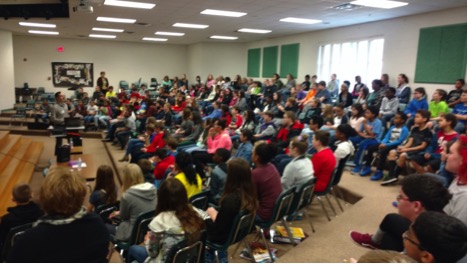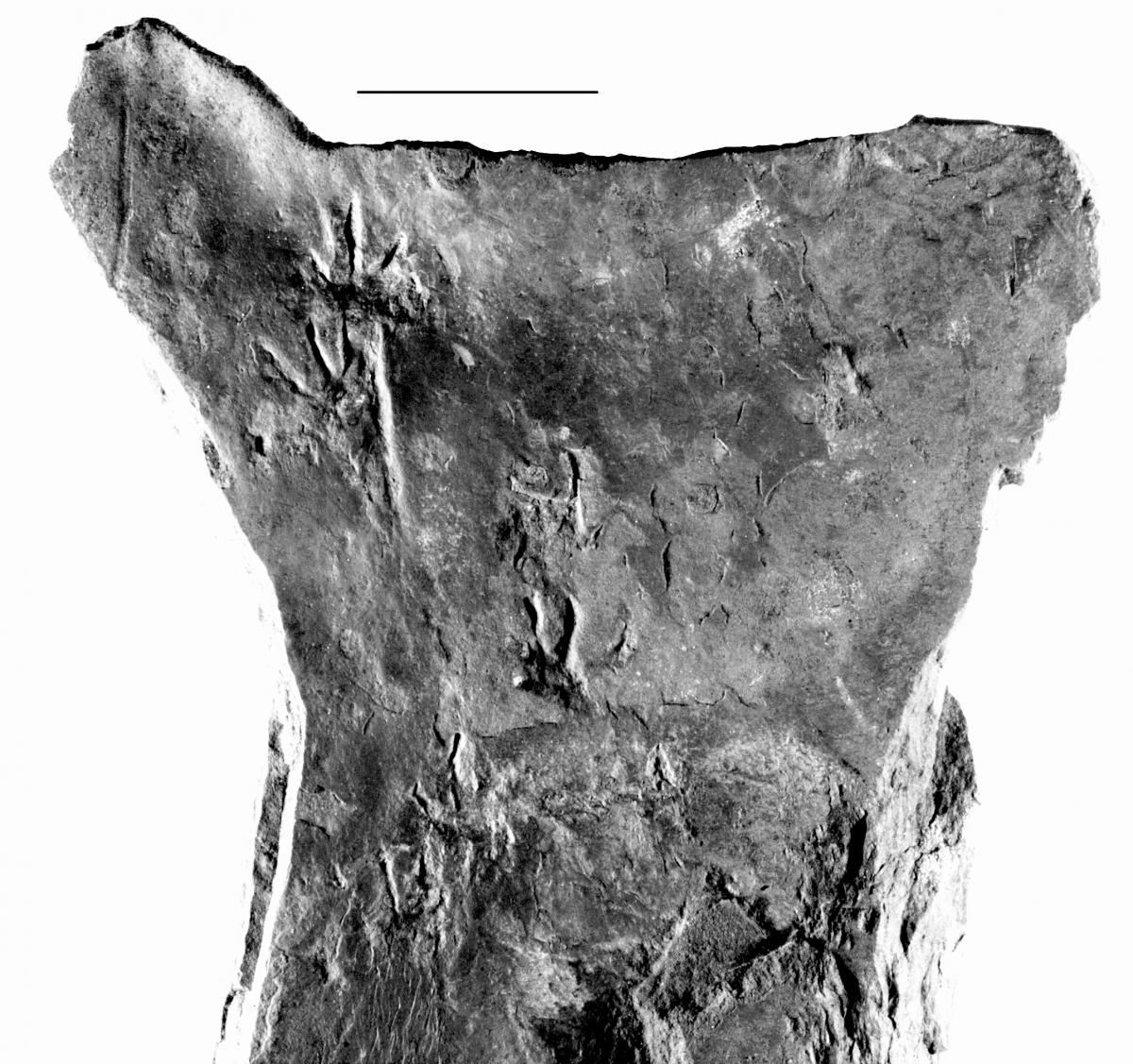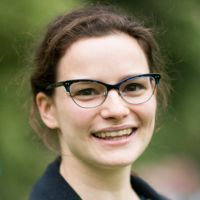You may already know (e.g., from Ann Reid’s recent post) that I have a new role with NCSE, working with Emily Schoerning on the Science Booster Club Program. But as I finish up my work with the Scientist in the Classroom program, I have one more update for you! Let me tell you about what’s been happening this semester.
To refresh your memory, this semester we reached around seven hundred and fifty students across ten states, through twenty-one Scientist in the Classroom teacher/scientist pairs. I am excited to share some stories about these dynamic duos!
I had the chance to speak with Matt V., a paleontologist in Washington DC. Through his partnership, Matt worked with an amazing two hundred and seventy fifth- and sixth-graders.

When asked why he wanted to participate in the program, Matt replied, “Because there is a growing gap between the research that scientists carry out and the public’s understanding of that research. I think we have an obligation as scientists to take the time and explain what we do to the public.”
During his classroom visits, Matt described what it means to be a paleontologist and had a conversation with students about how to employ the scientific method. Matt said that there were two surprising aspects of his visit. The first was how much background knowledge the students had about climate change, including familiarity with the famous hockey stick curve. The second was one of the most frequently asked questions: “How many fossils have you collected?” Although he has not been keeping track of that number (can you blame him?), he was able to share with students his most interesting find: an amphibian footprint from ~330 million years ago.

Asked whether he would recommend the Scientist in the Classroom program, Matt said that he would “highly recommend it for all scientists” and that he is “excited to continue to be involved.” And Scientist in the Classroom isn’t the only form of NCSE outreach Matt has chosen to embrace. Matt has also been an active volunteer with the DC Science Booster Club—lucky for me!
In Massachusetts, scientist Amy S. reports giving an interactive presentation about “birdsong evolution. We listened to some bird sounds and talked about different ways of actually doing scientific research to test ideas, discover new things, and answer questions.” Amy added that for the second visit she and her teacher, Maria S., are discussing the possibility of having the students tour Amy’s lab and other evolutionary biology labs on her college campus.
In one of our Virginia pairs, scientist Lisa T. worked with one class of fifth-grade students. She shared with us, “My visit was organized into a slideshow presentation about my research and lab group, followed by a brief overview of plants and photosynthesis (with emphasis on the carbon cycle).” Then “students made observations about different plant parts to generate a testable question about how plants work. Finally, we used a leaf-level photosynthetic meter to compare how different leaves were photosynthesizing in real time.”
In other pairs, students have learned about ocean acidification, the evolution of primates, developmental biology, and even the probability of life on other planets. It has been a very busy and successful semester for NCSE’s Scientist in the Classroom program, with hundreds of students getting access to new career models, current scientific information, and the scientific process. We’ll keep you up to date with new developments!

